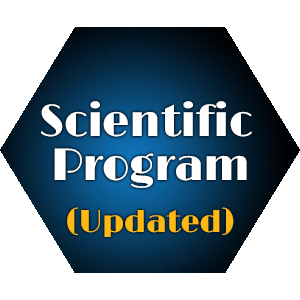Andrea Roncolini
Polytechnic University of Marche, Italy
Title: Edible insects in aquaculture: Microbial dynamics in the expolitation of Hermetia illucens as fish meal replacement
Biography
Biography: Andrea Roncolini
Abstract
n 2015, EFSA listed a few insect species for their potential as food and feed in the European Union (EFSA Scientific Committee, 2015). Between those species Hermetia illucens (black soldier fly) represents a potential feed for animal rearing, due to its ability in efficiently converting organic wastes into biomass – rich in high-quality protein and fat (Diener et al., 2011; van Huis et al., 2013). Indeed in this study, Danio rerio, a fish species considered as a model for the study of vertebrate development, was fed with three different diets: (i) H. illucens reared on waste obtained from roasting coffee process; (ii) H. illucens reared on insects commercial growth substrate; (iii) a typical fish meal as control diet (Wixon, 2000). In this context, in order to satisfy EFSA request (ANSES Opinion, 2015), the aim of the present study was to investigate the microbial dynamics along the entire D. rerio rearing chain using H. illucens as fish meal replacement. In more detail, typical fish meal, H. illucens and its growth substrates and frasses were subjected to microbial viable counts for the enumeration of total mesophilic areobes, spore forming bacteria, lactic acid bacteria, Enterobacteriaceae and eumycetes. Moreover the microbiota of the already cited samples and D. rerio gut samples reared with the three different diets was studied by PCR DGGE and metagenomic sequencing. Among the different insect rearing chains microbial enumeration showed several distinct trends depending on rearing chain or analyzed microbes. Furthermore, PCR DGGE and metagenomic sequencing results highlighted a high biodiversity in the analyzed samples. The present study was supported by Cariverona scientific research 2017, project n° PJ 2017.0571 - NUTRIFISH.

